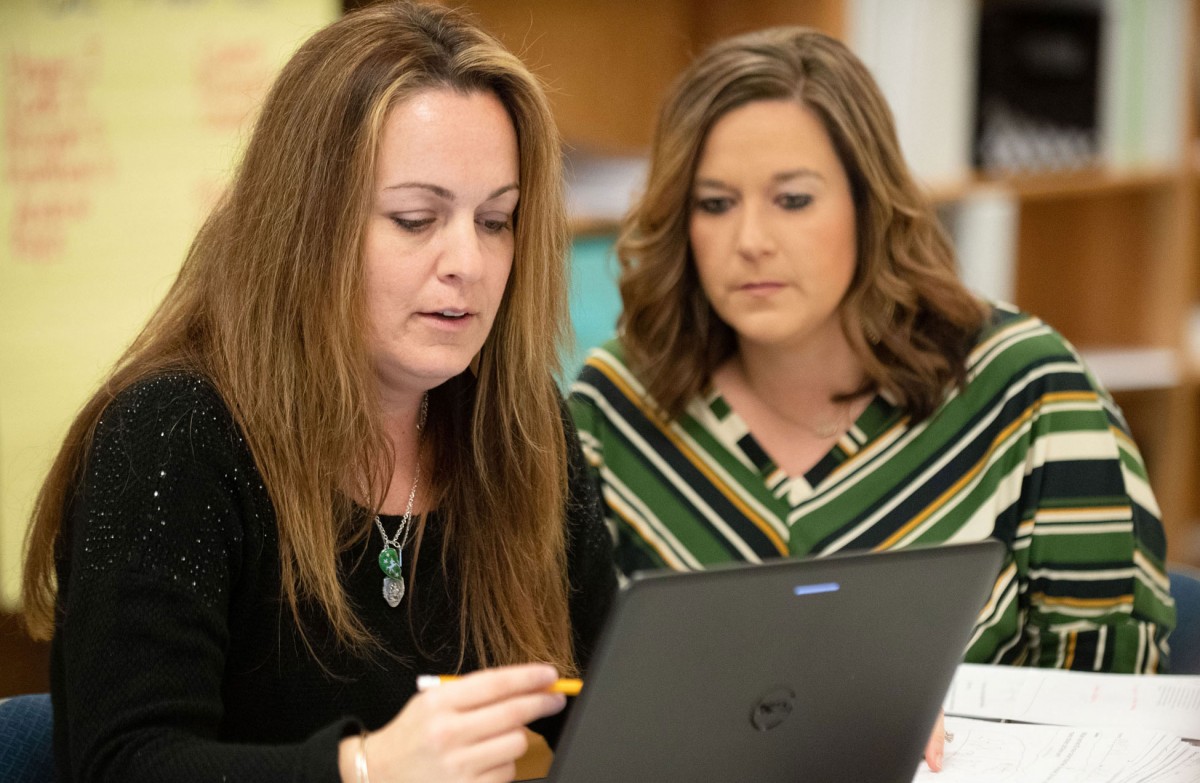Superintendent Series: Leading Learning, but Remotely
April 6, 2020

By: Dr. Patrice Pujol, Senior Executive-in-Residence and Former Superintendent
Understandably, the first focus of the transition to remote learning has been on delivery of instruction to all students, meeting everyday needs, problem-solving around connectivity, and creating stability.
Now that we are a couple of weeks into this new reality for our schools, many superintendents are asking, What now? The challenge for superintendents is how to build out effective structures and systems that support principals in their role as instructional leaders and provide relevant professional learning to their teachers – and to do it in a way that feels meaningful and sustainable.
A way to structure and support instructional leadership teams remotely
Superintendents and leaders I have talked to in my home parish of Ascension Public Schools and across the country have been trying to translate their existing support structures to remote platforms. Many superintendents are also setting expectations that instructional leadership team meetings and PLCs happen remotely, clearly understanding that principals and teachers need to be collaborating at this time more than ever. But superintendents know that they cannot just issue an edict and then leave it to their educators to figure it out. Superintendents need be part of the solution. So how might district leadership provide effective structures and support for this professional learning and collaboration to occur?
One leader I talked to recently is using Google Classroom as their platform for collaboration for school-level instructional leadership teams and PLCs. District instructional personnel are assigned to specific schools, and they are included in leadership teams' Google Classroom groups so they can see relevant documents and discussions in real time. These district leaders support principals and teacher leaders through instructional leadership team meetings as they grapple with what teachers need most and share what they see working elsewhere.
The leadership team members bring high-quality lessons to the table, review video samples teachers are using, and analyze examples of teachers who are using effective strategies for engaging students in remote learning. Leadership team members themselves may reflect on what they have seen through "visiting" teachers' Google Classrooms. They discuss the specific challenges: Who needs more support on using the technology? Who needs more support on the quality of lessons? Do we have students who are not participating at all or at the level necessary for success? How are teachers differentiating to meet the needs of diverse learners?
The leadership team then collectively determines, based on greatest needs, what PLCs need to look like at each grade or subject level in the school and how to best support those. The district leader can help marshal appropriate resources, connect the team to effective practice they have seen in other schools, and link the team to other specialists in the district office or at another school who can help solve specific issues. For example, the district leader might connect the team with a math curriculum specialist or a middle school math teacher who has developed particularly effective remote lessons on complex mathematical concepts in order to plan the math PLC for the week. This structure allows the district to support the principal and the leadership team directly as they work through the biggest challenges they are facing.
From there, the principal and the district leader could be tied into the PLCs' Google Classroom platforms. The district leader can join some PLCs along with the principal to assure the work of the instructional leadership team is indeed translating into the PLC and that the PLCs are authentically meeting the needs of teachers. This structure allows the district leader to actively participate and provide feedback to both the principal and the teacher leader who is facilitating the PLC. The district can problem-solve with the principal about how to provide coaching and collectively determine next steps for the instructional leadership team based on what they are seeing in the PLCs.
Other ways to provide remote support for instruction as a district leader
Educators are being asked to quickly sift through volumes of online learning content trying to identify lesson plan ideas and texts to use. District leaders can help this process by providing and pointing to centralized libraries of resources for instruction and narrowing the list of potential sources. Some districts are engaging their best teachers and teacher leaders to provide videos of their lessons, sample lesson outlines, scope and sequence guidance for remote learning, and web resources cataloged by grade and/or subject. These resources have been most helpful when they have addressed anticipated needs.
For example, knowing that remote instruction with early grades is especially challenging, one district provided videos of a master teacher implementing reading lessons remotely. Individual teachers could then access this resource as an immediate model for their lessons. As an added benefit, these videos could also be used as a basis of a PLC learning opportunity where collaborative discussion around the videos lead to more effective planning and delivery in early grades reading.
Throughout all of this work, superintendents must take an active role. They should connect often with district instructional leaders and principals to see how the work is going, both individually and collectively. Superintendents can join an instructional leadership team or a PLC to see firsthand how their vision for support and professional learning is playing out. Superintendents can help problem-solve and ensure resources are targeted toward the biggest needs.
Perhaps most importantly, superintendents serve as the steady hand, the calm in the storm, and the voice of encouragement and empathy in these unsettling times – which is a role that cannot be underestimated. At this time, everyone has to know that the person at the top understands the challenges and is there to assure a clear path forward. As we all strive to meet the challenge of providing high-quality learning opportunities for our students in these unprecedented times, superintendent leadership and district support is more important than ever and a vital factor in our students' success.